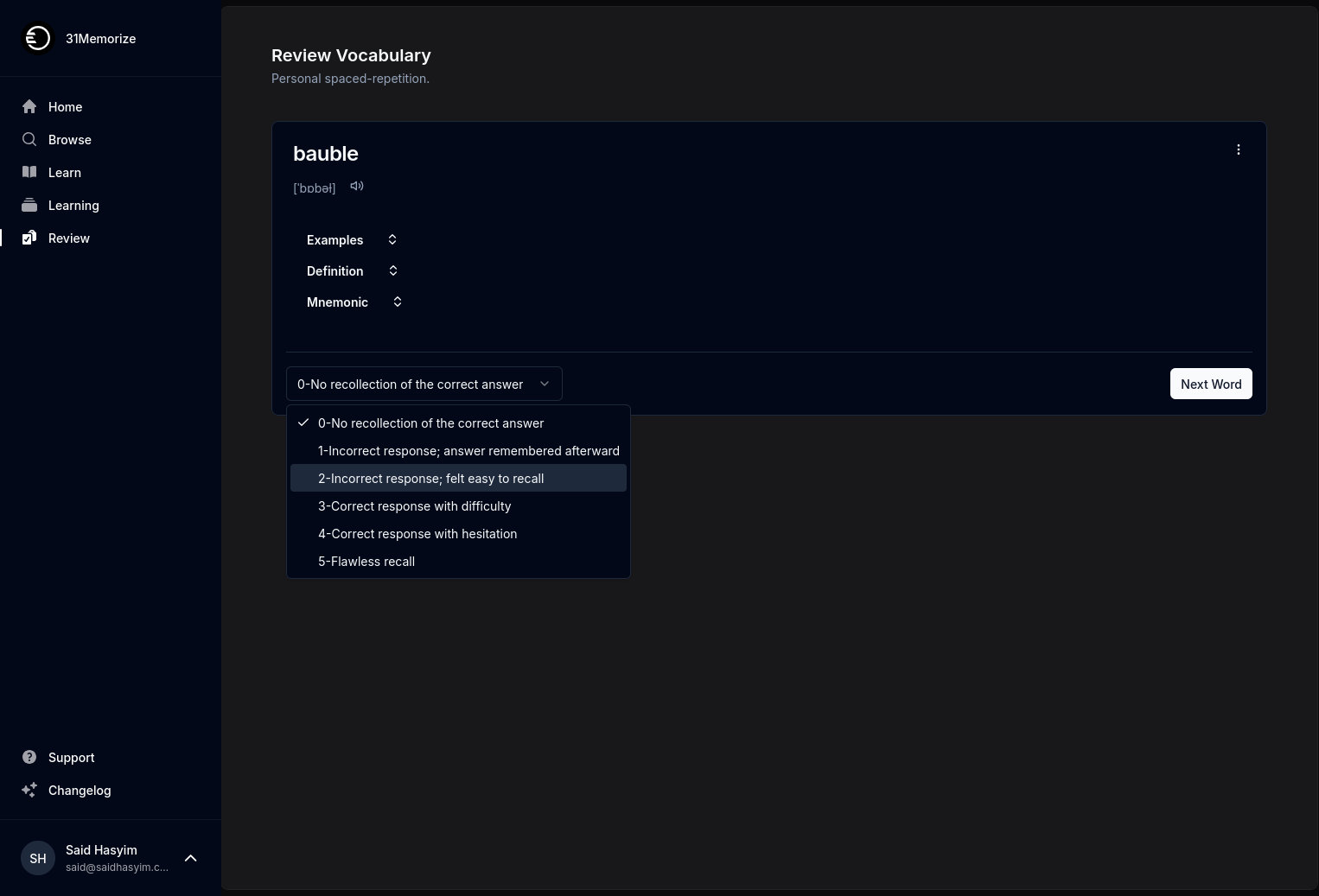The Relationship Between Review Ratings and Popularity
In the digital age, consumers are inundated with choices when it comes to products and services. As a result, they often rely on reviews and ratings to inform their purchasing decisions. But how do these review ratings correlate with a product's overall popularity? In this post, we’ll explore the intricate relationship between review ratings and popularity, discussing factors such as consumer psychology, the impact of social proof, and the evolution of review systems.
Understanding Ratings and Reviews
Before delving into the relationship between ratings and popularity, it's essential to understand what review ratings actually represent. Generally, review ratings are numerical scores provided by users based on their experiences with a product or service. These scores can range from one to five stars, with varying degrees of significance depending on the platform.
Reviews, on the other hand, offer more qualitative insights. They provide context to the ratings, explaining why a user may have rated a product highly or poorly. While ratings give a quick-glance understanding, reviews flesh out the details.
The Psychology Behind Ratings
Human psychology plays a significant role in how we perceive ratings. Several studies suggest that people tend to trust lower and middle-range ratings (2-4 stars) more than perfect scores. This phenomenon, known as the "truthiness effect," leads consumers to assume that overly positive ratings are biased or manipulated.
Moreover, the bandwagon effect can lead to a product's popularity increasing alongside its ratings. When people observe high ratings, they may feel inclined to follow the crowd and try the product themselves, transforming a modest product into a bestseller.
The Halo Effect
The halo effect is another psychological principle at work here. This cognitive bias causes individuals to form an overall impression of a product based on a single positive characteristic, such as a high rating. This can enhance a product's desirability, leading to increased interest and sales. For instance, a high rating might suggest superior quality, leading customers to assume that the product is worth their time and money, even before they read detailed reviews.
Social Proof and Its Impact on Popularity
The concept of social proof suggests that people are more likely to trust and follow the actions of others in uncertain situations, particularly when it comes to making purchasing decisions. In the realm of online shopping, this is evident in how potential buyers interact with ratings and reviews.
When users encounter products with high ratings and positive reviews, they may interpret these signals as indicators of quality and reliability. Consequently, consumers often gravitate towards products with extensive user ratings, further increasing their popularity. This creates a feedback loop; the more ratings and reviews a product receives, the more visible it becomes, driving further sales.
Visibility and Algorithmic Promotion
Many e-commerce platforms employ algorithms to promote products with higher ratings—whether through enhanced visibility on search results or through recommendations. These algorithms often prioritize products with higher ratings, showcasing them prominently, which affects their chances of becoming popular.
This, in turn, means that products with initially favorable ratings can snowball into widespread popularity, while those with lower scores may struggle to gain traction, regardless of their quality.
The Varied Impact of Ratings Across Categories
Not all industries exhibit the same correlation between review ratings and popularity. In some sectors, such as hospitality and food, ratings are critical, as customers often seek out trendy restaurants or hotels based on user feedback. In these cases, even a half-star difference can significantly impact a business's foot traffic and revenue.
Conversely, in more niche markets—like specialized tech gadgets or artisanal goods—high ratings may be less critical. In such environments, brand loyalty and word-of-mouth recommendations can carry more weight, and customers may still choose products with average ratings if they trust the brand.
The Rise of Influencers and Their Role
Today, the relationship between ratings and popularity is further complicated by the rise of social media influencers. Many consumers look to influencers for recommendations, often bypassing traditional review systems. An influencer's endorsement can lead to significant spikes in demand, irrespective of the underlying ratings.
For instance, a product that garners mediocre ratings could become a trending item if an influential figure showcases it to their audience. This dynamic amplifies the complexity of consumer behavior and challenges the traditional belief that higher ratings automatically lead to greater popularity.
The Dangers of Manipulated Ratings
As the significance of ratings grows, so do the risks associated with manipulated reviews. It’s not uncommon for some companies to engage in unethical practices like fake reviews or gaming the rating system. This manipulation can distort the relationship between ratings and popularity, leading consumers to base their decisions on skewed data.
Organizations are increasingly developing measures to combat fake reviews, but the problem persists. Consumers must learn to discern between genuine ratings and those that have been artificially boosted.
Conclusion: A Complex Dance
The interplay between review ratings and popularity is multifaceted and influenced by numerous factors, including consumer psychology, social proof, algorithmic promotion, and the impact of influencers. While high ratings generally indicate a product's quality and can contribute to its popularity, the relationship is not linear; exceptions abound. Ratings are part of a more extensive ecosystem of consumer behavior that includes brand loyalty, marketing effectiveness, and individual consumer needs.
As we navigate this complex landscape, it becomes clear that review ratings are vital yet imperfect indicators of product success. They coexist with a myriad of other factors that ultimately shape purchasing decisions in today’s ever-evolving marketplace. By understanding these dynamics, consumers can better equip themselves to make informed purchasing choices that align with their values and expectations.
Feel free to share your thoughts or experiences regarding the influence of review ratings on your own buying decisions. How do you approach ratings, and what factors do you consider most important when evaluating products?
